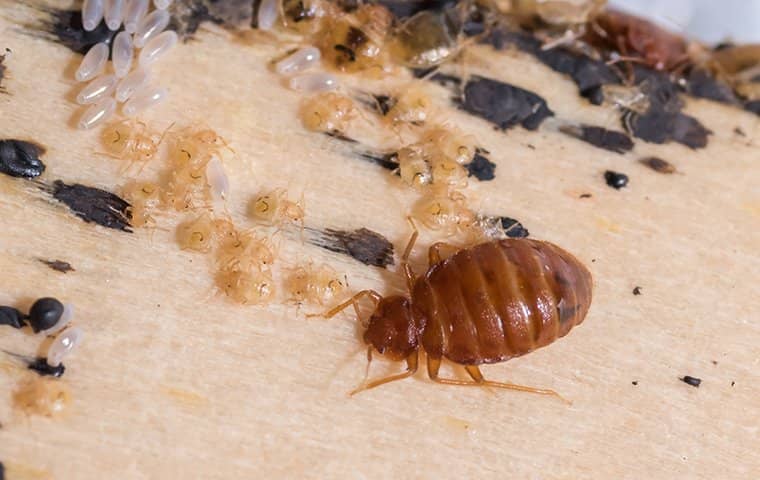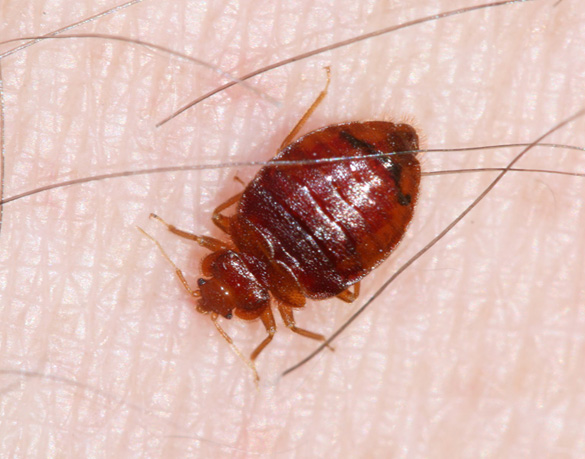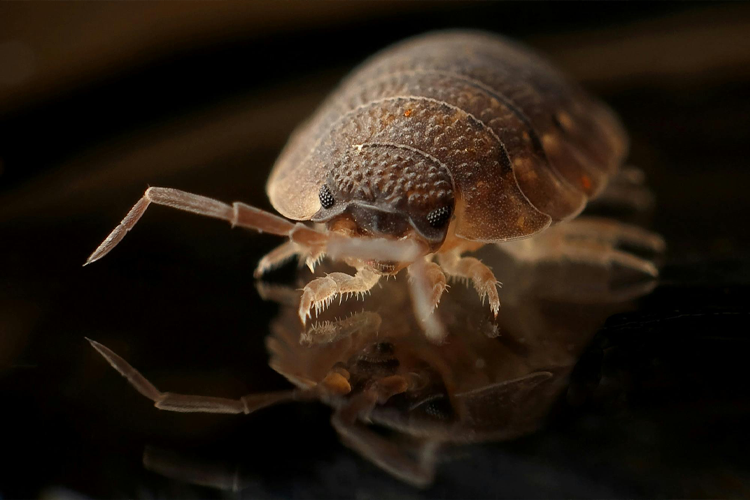Relied On Kings Bug Control Cincinnati OH: Expert Services
Relied On Kings Bug Control Cincinnati OH: Expert Services
Blog Article
Kinds Of Parasite Control: Which Method Is Right for Your Problem?
When faced with a bug invasion, the choice of a suitable technique for insect control is critical in properly handling the situation. By checking out the numerous types of parasite control methods offered, people can make informed choices customized to their one-of-a-kind circumstances, making sure a more lasting and reliable result in parasite obliteration.
Chemical Insect Control
Chemical parasite control includes using synthetic or normally acquired chemicals to manage and eradicate pest populations effectively. This approach is commonly made use of in farming, forestry, and domestic settings to combat a vast variety of bugs, consisting of bugs, rats, and weeds. The usage of chemical pesticides can offer quick and targeted remedies to pest problems, making it a popular choice for many people and services.
One of the key benefits of chemical pest control is its ability to promptly remove bugs, lowering the risk of damage to crops, building, and human wellness. By making use of certain chemicals that target certain bugs, this approach can efficiently manage infestations while minimizing injury to valuable organisms and the atmosphere when applied correctly.
However, using chemical insect control also raises worries about possible negative results on non-target types, water sources, and human health and wellness. It is essential to comply with safety and security standards, use chemicals responsibly, and think about alternate pest control techniques to reduce these risks and guarantee sustainable pest administration techniques.
Biological Bug Control
Organic insect control, likewise called biocontrol, makes use of living microorganisms to minimize and take care of insect populaces normally. This method uses the power of nature to regulate pests without the need for synthetic chemicals. Biocontrol can involve the introduction of natural opponents of the pest varieties, such as bloodsuckers, virus, or predators, to reduce pest populations. By utilizing the pest's all-natural killers or pathogens, biological bug control uses a sustainable and ecologically pleasant remedy to pest monitoring.

Mechanical Parasite Control
Making use of physical and hand-operated methods to manage pest populaces, mechanical parasite control supplies a different strategy that does not depend on the usage of living organisms or synthetic chemicals. This method entails using barriers, traps, or other gadgets to literally hinder or remove bugs. By blocking pest entrance points or setting up catches to catch them, mechanical pest control can efficiently lower problems without presenting chemicals right into the environment.
One typical example of mechanical parasite control is making use of mesh displays on doors and windows to avoid pests from entering structures. This easy yet effective technique functions as a physical obstacle, maintaining pests out while allowing for appropriate ventilation. Furthermore, gadgets like mousetraps, fly swatters, and ultrasonic repellents drop under the mechanical insect control group.
While mechanical bug control methods can be labor-intensive and call for routine surveillance and maintenance, they provide a eco friendly and lasting solution for taking care of insect problems. By integrating various mechanical techniques, homeowner can produce a comprehensive bug control strategy that lessens reliance on chemical pesticides.
Physical Insect Control

Some usual physical pest control methods consist of making use of obstacles such as screens or internet to stop pest access, catches to catch and eliminate insects, and hand-picking to physically get rid of bugs from plants or structures. Additionally, techniques like warmth therapies can be used to control parasites like bed insects by raising the temperature level to degrees that are lethal to the pests.
Physical bug control is especially useful in incorporated insect monitoring (IPM) methods, where several pest control techniques are combined for reliable insect administration while reducing using chemicals. By using physical pest control strategies, individuals can effectively attend to parasite invasions with minimal ecological best pest control impact.
Integrated Bug Management
When carrying out physical pest control approaches as part of parasite management methods, Integrated Pest Administration (IPM) blog becomes a detailed method that leverages numerous techniques to efficiently regulate pest populations. IPM focuses on lasting avoidance of insects via a mix of biological, cultural, physical, and chemical devices tailored to particular parasite issues. By incorporating numerous control tactics, IPM aims to lessen the risks related to parasites while also decreasing dependence on chemical remedies.
One key aspect of IPM is the emphasis on tracking and analyzing pest populations to identify the most proper control approaches. This aggressive approach enables for early intervention and targeted techniques, causing a lot more reliable parasite monitoring. In addition, IPM advertises eco-friendly techniques by focusing on non-chemical control techniques and only making use of chemicals as a last hotel.
Conclusion

By utilizing the parasite's natural killers or virus, organic parasite control uses a environmentally friendly and sustainable service to pest administration. - Kings cincinnati pest control
Utilizing hands-on and physical methods to handle bug populaces, mechanical bug control supplies a different approach that does not rely on the use of living organisms or synthetic chemicals.An effective method to managing insect populations without relying on chemical or biological methods involves the use of physical insect control methods.When carrying out physical bug control techniques as part of pest management approaches, Integrated Insect Administration (IPM) emerges as a comprehensive approach that leverages numerous strategies to successfully manage pest populaces. Chemical parasite control includes the usage of chemicals, biological pest control makes use of all-natural predators, mechanical bug control includes physical barriers, physical pest control consists of trapping or removing parasites, and incorporated insect monitoring integrates numerous techniques for an all natural find out here now technique to pest control.
Report this page